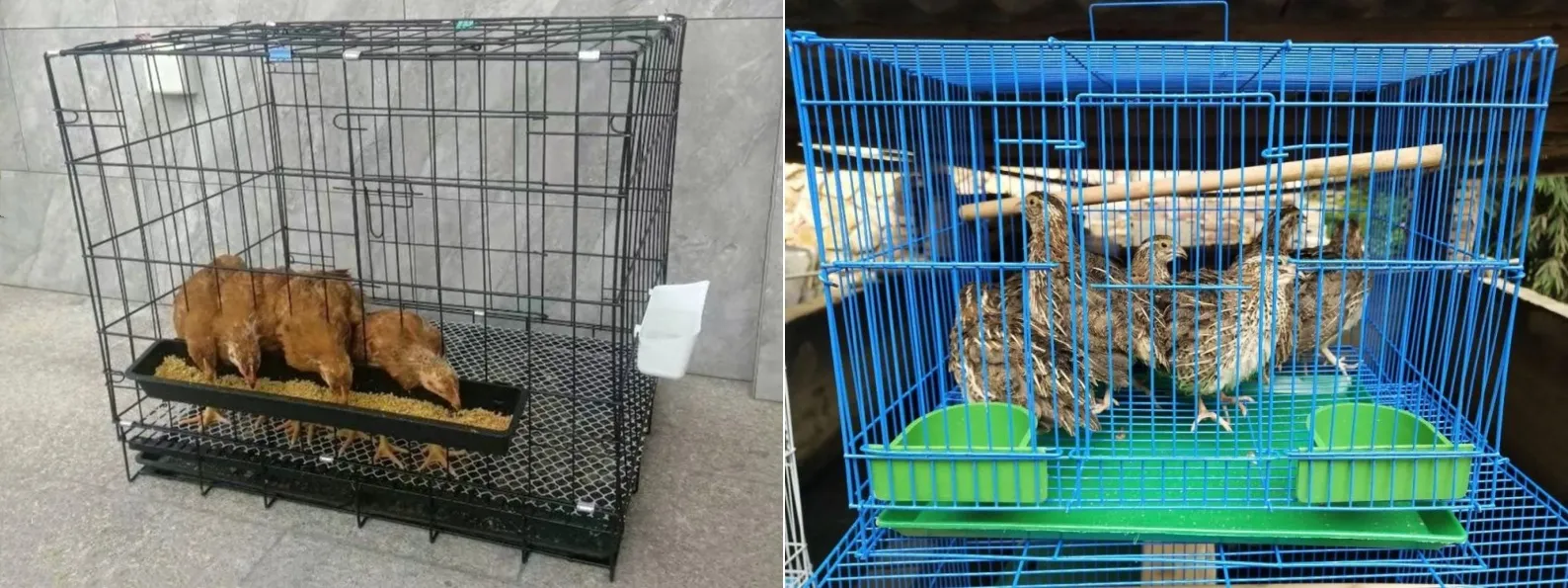The concept of wireless cattle fencing is revolutionizing modern farming practices, offering an unprecedented blend of convenience, efficiency, and animal welfare. As farmers increasingly adopt this innovative technology, understanding its nuanced benefits and practical applications becomes crucial for maximizing productivity and sustainability.

Wireless cattle fences, unlike traditional barbed wire or post-and-wire systems, rely on GPS technology and radio frequency signals to create virtual boundaries for livestock. This advanced system allows farmers to manage their herds remotely through smartphone apps or computer software, providing real-time data on animal location, movement patterns, and pasture utilization.
One of the most significant advantages of wireless cattle fencing is the enhancement of pasture management. With precise control over livestock movement, farmers can implement rotational grazing strategies more effectively. This technique promotes even pasture use, reduces overgrazing, and fosters soil recovery and nutrient distribution. Farmers who have adopted this technology report an increase in pasture longevity and quality, which in turn boosts cattle health and productivity.

Moreover,
wireless systems dramatically reduce labor costs and time spent on fence maintenance. Traditional fences are susceptible to damage from weather, wildlife, and general wear and tear, often requiring extensive repairs or replacement. Wireless fences eliminate these concerns, as there are no physical barriers to maintain. Farmers can reconfigure boundaries with a simple app adjustment, allowing for seamless adaptation to changes in herd size or pasture conditions.
From a sustainability perspective, wireless cattle fencing aligns with environmentally-friendly practices. By minimizing physical barriers, ecosystems are left less disturbed, promoting biodiversity and natural vegetation growth. This technology supports a harmonious balance between farming operations and natural habitats, reducing the carbon footprint associated with traditional fencing materials like wood and metal.
For herds with a history of fence-related injuries, wireless systems present a safer alternative that reduces the risk of entanglement or cuts. This contributes to better animal welfare, a core principle in ethical farming. Healthier cattle translate to fewer veterinary costs, and higher-quality meat and milk production, important factors influencing consumer purchasing decisions in an increasingly conscious market.
wireless cattle fence
Financially, the initial investment in wireless fencing systems can seem daunting. However, the long-term savings on materials, maintenance, and labor, coupled with enhanced pasture management and animal health, present a compelling case for their cost-effectiveness. Many farmers have witnessed a positive return on investment within a few grazing seasons, underscoring the financial viability of this technology.
The expertise required to manage these systems is surprisingly accessible. Many providers offer comprehensive training and support, ensuring that even tech-averse farmers can quickly adapt to using smartphones or tablets for their new fencing needs. Tutorials, customer service, and community forums provide ample resources for any learning curve associated with new technology.
The authority behind wireless cattle fencing lies in its firm foundation in modern agricultural science and technology. By incorporating GPS tracking, RFID technology, and sophisticated algorithms, these systems stand at the forefront of precision agriculture. Research and feedback continually drive innovations within this field, enhancing the reliability and functionality of the systems.
Trustworthiness comes from the transparency and control afforded by wireless fencing. By providing real-time updates and alerts, farmers feel more connected and informed about their livestock, fostering a sense of trust in the technology. Additionally, manufacturers prioritize data security, ensuring that sensitive information is protected, thereby gaining the confidence of their clientele.
In summary, wireless cattle fencing presents an innovative leap in livestock management, offering numerous advantages over traditional fencing methods. Through enhanced pasture management, labor and cost efficiency, sustainability, safety, financial viability, and accessible expertise, this technology embodies the future of ethical and efficient farming. Its authority and trustworthiness are reflected in the growing number of successful implementations and the continuous evolution driven by both science and farmer feedback. Embracing wireless cattle fencing not only propels farmers into the forefront of agricultural innovation but also secures their role as stewards of sustainable and responsible farming.
























